Why Access and Permissions Management Matters
(And What Happens When You Don’t Have It)
You just signed a contract with a new vendor who will be managing your social media platforms, running paid advertising, and responding to your Google reviews. You’re ready to get started, and so are they.
There’s just one problem…
No one has access to your Meta Business Suite or Google Business Profile.
The employee who originally set them up left over a year ago. No one else was added as an admin. Now you're locked out of your digital storefront, and worse, you’re missing key opportunities to connect with your audience, advertise your services, and respond to critical reviews that could be influencing public perception.
Sound familiar?
This scenario is more common than you think, and it’s exactly why access and permissions management isn’t just a technical task. It’s a business-critical strategy that impacts your brand, operations, and growth.
The Hidden Risk in Digital Platforms
From social media to search engines, most digital tools are connected to individual user accounts. That means when someone leaves your organization or forgets to document logins, you could lose access to essential platforms like:
Meta Business Suite (Facebook/Instagram)
Google Business Profile (formerly Google My Business)
Website CMS tools
Analytics & SEO platforms
Email and ad management tools
Without a permissions strategy in place, you’re not just locked out—you’re risking your visibility, credibility, and marketing momentum.
Google Business Profile
Your Google Business Profile determines what appears when someone searches for your business online. It powers:
Your map listing
Business hours
Reviews and responses
Website links
Photos and updates
If you lose access to this profile:
You can’t update your hours or location (which frustrates your visitors)
You can’t respond to reviews
You may be stuck watching someone else control your business information
Worse? Reclaiming access is not always easy. You may have to verify ownership through video, business documents, or long support threads.
We’ve helped clients regain access to orphaned Google listings, but the process is not quick. Prevention is always easier than recovery.
What Access Management Should Look Like
At OMNICOMMANDER, we recommend creating a centralized access tracker that covers every platform, especially Meta and Google.
Access Management Best Practices:
Create a shared spreadsheet or internal dashboard that includes:
Every platform in use (Google, Meta, website, email, etc.)
Who has access and at what level
Admin users
When access was granted or changed
Always assign at least two trusted employees as admins to every essential platform. The owner or CEO/President should always be the owner of an account/profile for the business, even if they aren’t managing it.
Use official business emails for account ownership where possible.
Review access every 6 months, and always before an employee leaves.
Access Isn’t Just Technical—It’s Strategic
If your team can’t access your platforms, you can’t serve your audience. You can’t update your hours, respond to reviews, launch campaigns, or track performance. Your reputation and even your SEO can suffer.
By proactively managing access:
You avoid marketing disruptions
You keep control of your digital presence
You stay prepared for staff transitions and growth
Our Recommendation
Start now. Audit your current platform access. Make sure:
You know what platforms/software your employees are using
You know who owns every account
At least two current employees have admin rights
Access is documented and easy to manage
Then build your internal system.
Access is visibility. Access is control. Access is everything.



